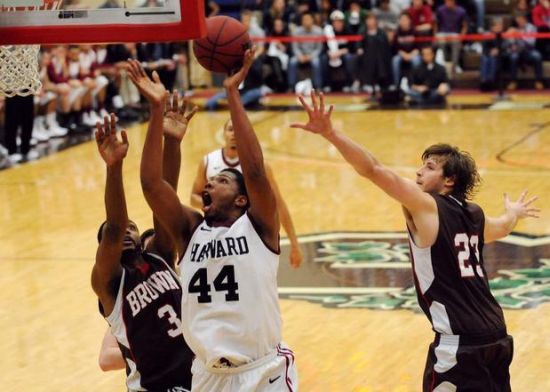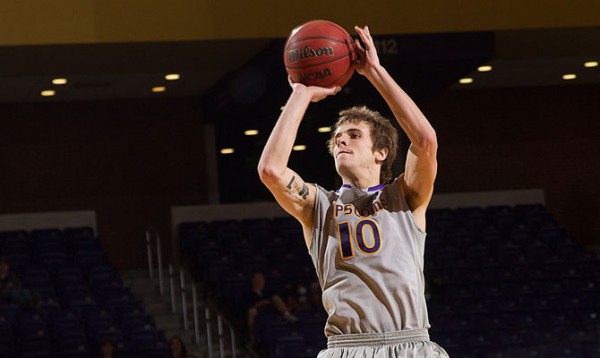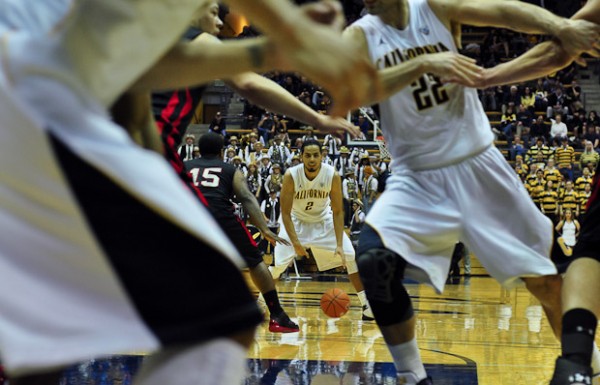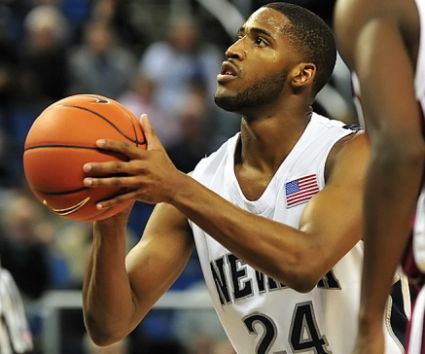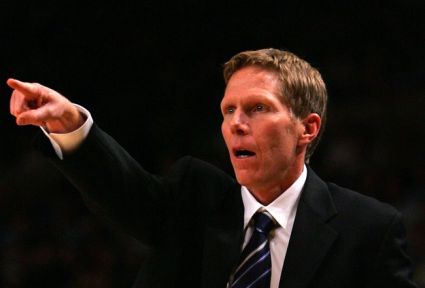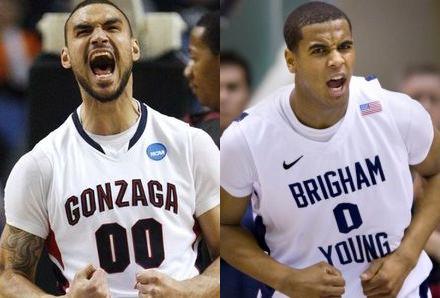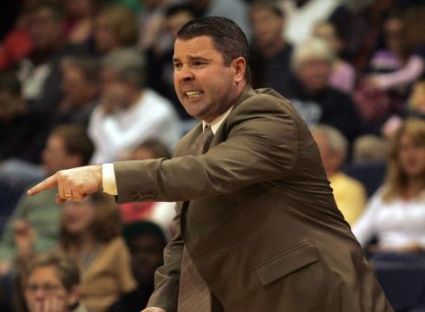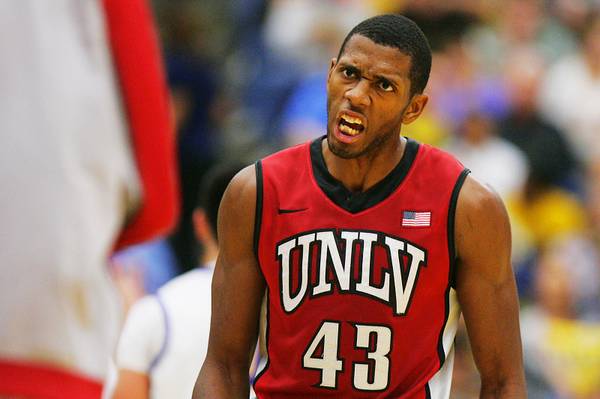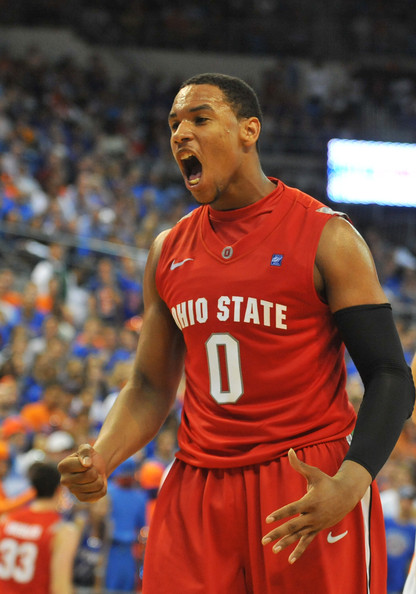Checking In On… The Ivy League
Posted by Brian Goodman on February 3rd, 2012Michael James is the RTC correspondent for the Ivy League. You can also find his musings on Twitter at @mrjames2006 and @ivybball.
Reader’s Take
Looking Back
Not Your Older Brother’s Ivy League: By Adjusted Pythagorean Winning Percentage – the same method used by Ken Pomeroy to rank teams – this year’s Ivy League is far and away the best since roaring ’70s, which culminated with Penn’s Final Four run. Turns out, the RPI isn’t far behind. The previous high-water mark for the league was 2002, when Penn won the league in a three-way playoff with Princeton and Yale. That year, the Quakers finished with the highest RPI ranking (#37) that any league team has had since Princeton’s amazing 1998 season. The Tigers wrapped up the season at #79 and the Bulldogs closed their campaign at #98, marking the first time the Ivies had three Top 100 RPI teams. The league’s average RPI was #160, best in the era for which data is available, barely edging last season’s average of #173.
After a rough start, this year’s edition of the league has made an assault on that 2002 mark. Harvard sits comfortably in the RPI Top 50, while Penn, Princeton and Yale are hovering on the cusp of the Top 100 to make four Ivies in the Top 125. The 2012 average RPI currently stands at #169, but that’s primarily because all eight 2002 squads finished ahead of this year’s laggards Brown and Dartmouth. While it’s completely within the Crimson’s control to track down the 2002 Quakers for best RPI since the 1998 Princeton squad, the league’s teams will need a bit of help from their non-conference opponents to claim the mark for best average, since league play tends to be mostly a zero-sum game from a rankings perspective.
Given that the Ivy League does not have a conference tournament, there is no second chance to save a season once a team falls out of the league race. With each Ivy Check-In for the rest of the year, this section will break down which squads’ seasons came to a premature end, and which are sliding quickly into the danger zone.
MAYBE NEXT YEAR:
- Dartmouth (0-4): The Big Green has been full of surprising moments all year, including holding a seven-point lead in the second half at Harvard in each school’s Ivy opener. But Dartmouth got outscored 90-51 over the next 55 minutes to drop both ends of the travel partner series to the Crimson and then blew second-half leads at both Brown and Yale to fall to 0-4.
- Brown (1-3): After getting swept by Yale to kickoff the Ivy campaign, the Bears narrowly avoided the cellar by grabbing a comeback win over Dartmouth at home. Brown had to have a win over league favorite Harvard the next night to stay in the race and hung in with the Crimson for 20 minutes before a 13-0 run gave the visitors all the cushion they would need to cruise to victory. Now the Bears have been relegated to the role of spoiler with Penn and Princeton coming to town next weekend.
- Columbia (1-3): A 20-6 run to pull even with Cornell at 53 seemed to give the Lions new life in what was quite properly referred to as an Ivy elimination game. The Big Red responded with big bucket after big bucket over the final six minutes to withstand the charge and edge Columbia, 65-60.
THE WAITING ROOM:
- Cornell (2-2): A series of mediocre results has the Big Red alive heading into its trip to Boston next Friday, but a win over Harvard is an absolute must to stay in the race. An upset there could give the Big Red a clear shot at 6-2, which would keep it in the thick of things heading into back-to-back road trips including dates with Penn, Princeton and Yale.
- Princeton (1-2): The results weren’t expected to be great for a team with five-straight road games to start Ivy play, but two losses are still just as damaging if they come against good teams or bad. The Tigers now need to sweep a tricky road swing to Yale and Brown and take care of Dartmouth at home to set up an opportunity to get back into the race with a visit from Harvard.
Power Rankings





























